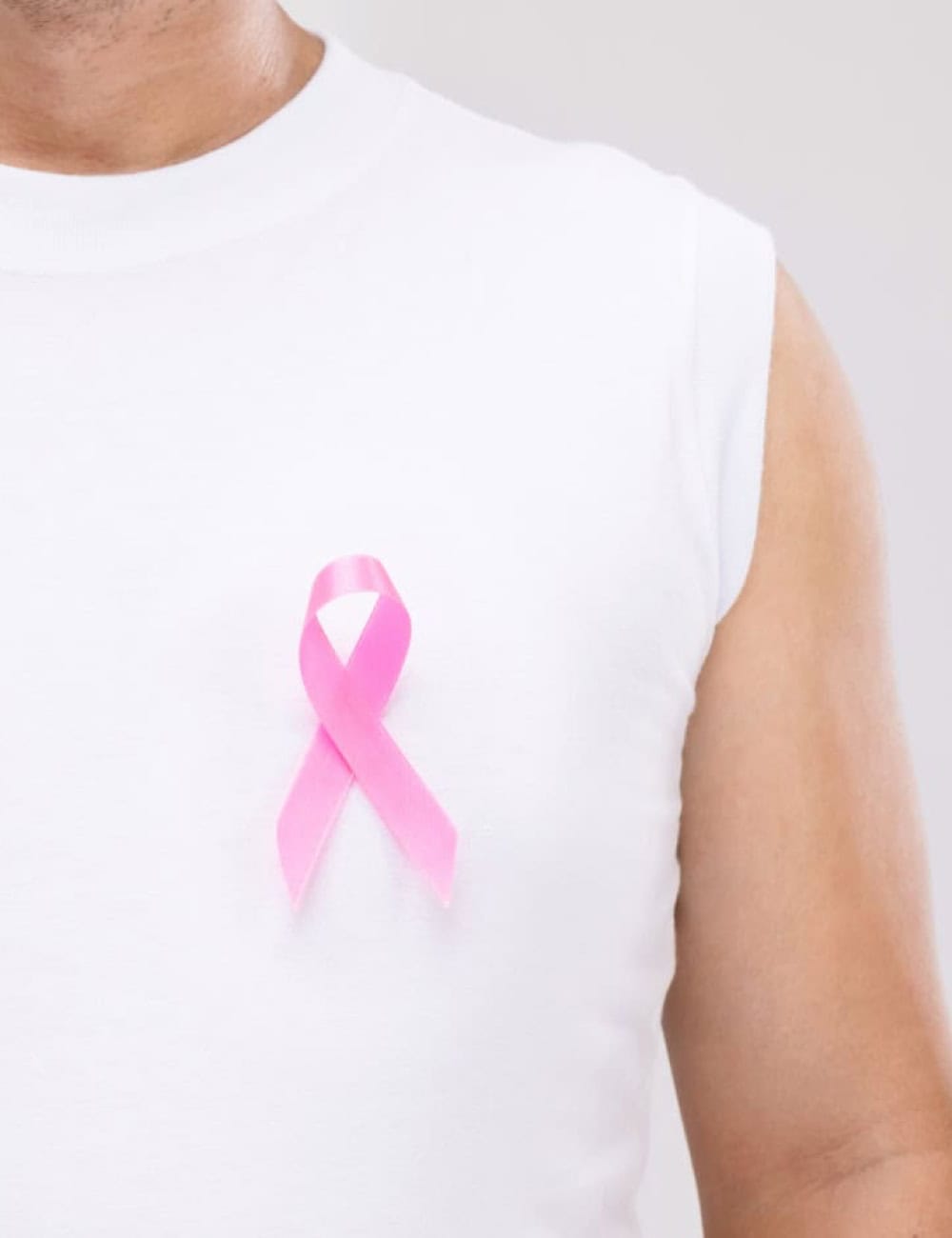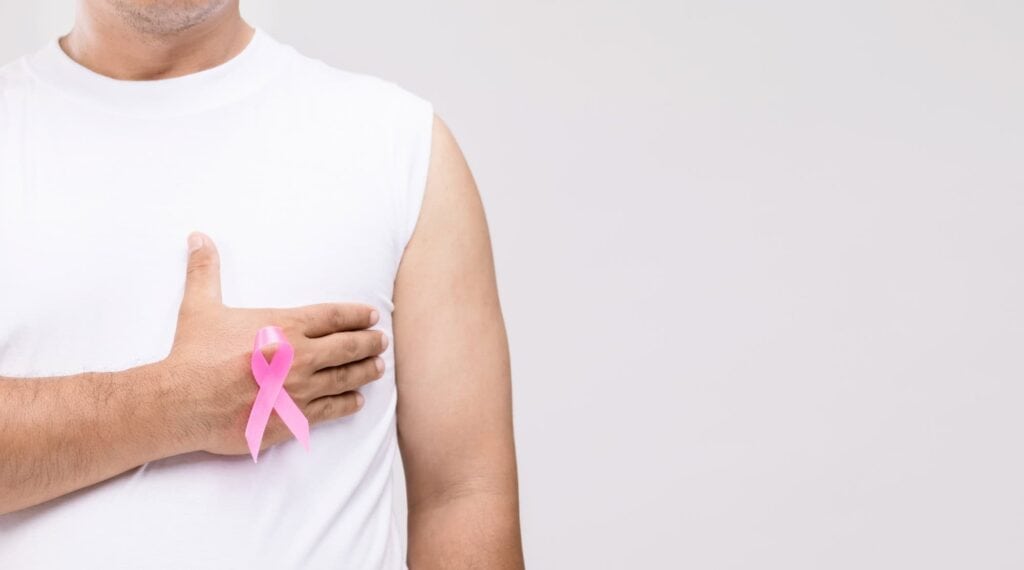Male Breast Diagnostics
breast cancer screening and diagnosis.

Get accurate and early detection of breast cancer
Male breast cancer is a rare cancer that forms in the breast tissue of men. Though breast cancer is most commonly thought of as a disease that affects women, breast cancer does occur in men. Mostly in older men but can occur at a younger age. Men are also born with a small amount of breast tissue. Breast tissue consists of milk-producing glands (most men do not have much of the milk producing glands and therefore most cancers in men develop within the ductal tissue of the breast) and fat.
Men diagnosed with male breast cancer at an early stage have a good chance for a cure.
I will not hesitate to return to Eve’s/MedX for any necessary imaging. I have been recommending them since my first appointment and have already scheduled my six-month follow-up visit.
Leslie M
Dr. Khan is very knowledgeable and thorough and her office staff are very nice. Prices are affordable and you don't get charged a facility fee like other big hospitals charge. Git an appointment fast and easy. I will definitely be going back for any future imaging needed. I highly recommend.
Delia B
The best imaging and breast center in Texas. I have never felt so thoroughly taken care of and I truly trust Sarah with my preventative health. Excellent facilities and staff. Just can't find this kind of practice anymore. I'm truly blown away.
Samantha K
Dr Khan has a great bedside manner. She is through and kind, and she clearly has her patient's best interest at heart. The facility is clean and pretty which makes one feel more comfortable. I have confidence in Dr Khan and am glad to have found Eve's! Plus, the prices here are very competitive and affordable.
LLB
This is the most amazing place please give them a call it just might save ur life they will go above and beyond for anyone if you don’t have insurance you can still come in she takes all no matter what your income is tell all the women you know friends family coworkers etc I can’t say, enough, I know for a fact her and her staff care about your overall well-being I cannot remember all their names but they were all so sweet and The atmosphere is very calming when they give you a phone call to make your appointment that was also great if you are a doctor’s office, please refer your patients here let’s keep this wonderful place in business spread the word to anyone you know I drove all the way from Arlington It was worth the drive I recommend Eve’s breast center to everyone 10 out of 10 all races All walks of life should come here I can’t thank them enough! 🙂
Rebekah T
Symptoms
Signs and symptoms of male breast cancer can include:
- Discharge From Your Nipple.
- A Painless Lump Or Thickening In Your Breast Tissue.
- Changes To The Skin Covering Your Breast, Such As Dimpling, Puckering, Redness Or Scaling.
- Changes To Your Nipple, Such As Redness Or Scaling, Or A Nipple That Begins To Turn Inward.
If you have any questions, please call us at 817-329-8910.

We accept all major insurances!
- AETNA
- AMBETTER
- AMERIVANTAGE
- BLUE CROSS BLUE SHEILD
- BEECH STREET
- CARE N CARE
- CHILDREN’S MEDICAL
- CHOICECARE
- CHAMPVA
- CIGNA
- COOK CHILDREN
- COVENTRY HEALTH
- EHIM
- FRESENIUS
- FREEDOM LIFE INS
- GALAXY HEALTHCARE
- GEHA GPA
- HEALTH SMART
- HEALTH SPRING
- HMO BLUE TEXAS
- HUMANA
- INDEPENDENT MED
- INTEGRATED
- LONESTAR INJURY LIBERTY HEALTHSHARE
- LIBERTY HEALTHSHARE
- MEDICARE
- MEDICAID
- MEDI SHARE
- MOLINA
- MULTIPLAN MUTUAL OF OMAHA
- NATIONAL PREFERRED
- NEXCALIBER
- OSCAR
- PHCS
- PHILADELPHIA AMERICA
- PRIME HEALTH SERVICES
- PRIVATE HEALTHCAE
- PROVIDER SELCT
- PRIME HEALTH
- ROCKPORT COMMUNITY
- BAYLOR SCOTT & WHITE
- SOUTHWEST LIFE
- STONE MOUNTAIN
- SUPERIOR
- TEXAS PLUS
- TEXAS BLUEBONNET
- TEXAS HEALTHCARE
- THE MIERS GROUP
- THE TENY COMPANY
- THREE RIVER
- TRICARE
- TXCIN CARE
- UMR
- UNITED HEALTHCARE
- USA MANAGED
- WEB TPA
- WELLCARE
